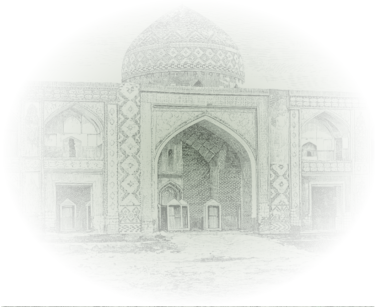Garagaya is a village in the Gazakh uezd of the former Iravan governorate, later in the former Chambarak (Krasnoselsk) district, and currently in the Gegharkunik province. The provincial centre lies 99 km to the north of the town of Kavar (Gavar), on the banks of the Tarsa River, at a height of 1,160 m above sea level. It was marked on the five-verst map of the Caucasus. Until 1937 it had been integrated into the administrative-territorial division of the former Dilijan district.
The village was inhabited by 215 Azerbaijanis in 1897, 248 in 1904, 265 in 1914, 516 in 1916 and 425 Azerbaijanis in 1919. In early 1919 the villagers were massacred and expelled by Armenian armed forces. Following the establishment of Soviet power in present-day Armenia in 1920, the surviving villagers managed to return to their lands. The village was inhabited by 170 Azerbaijanis in 1922, 169 in 1926, 205 in 1931, 242 in 1939, 365 in 1959, 425 in 1970, 335 in 1979 and 350 Azerbaijanis in 1987. In November 1988 the Azerbaijanis were expelled from their native lands by the Armenian government. At present, the village is inhabited only by Armenians.
The toponym was coined by adding the oroterm “gaya” (a rock) to the word “gara”, which implies “high, tall, peak” in ancient Turkic, and means a village located on a high rock.
By the decree of the Presidium of the Supreme Soviet of the Armenian SSR dated 19 April 1991, the village was renamed “Dzorvank”. According to the law “On the administrative-territorial division of the Republic of Armenia” dated 7 November 1995, it was integrated into the administrative territory of the Gegharkunik province.
Geographical coordinates: latitude: 40°42’ N., longitude: 45°06’ E.
